Yumeji Art Museum: Discover the Origins of Kawaii Culture!

Yumeji Takehisa is the representative artist of the Taisho Period (1912-1926). Considered the forefather of kawaii ("cute") culture, his art continues to capture people’s hearts. Read on to learn about the Yumeji Art Museum, its photogenic cafe, and the collection of cute souvenirs.
The Taisho Period and the Birth of Modern Japanese Culture
The Taisho Period (1912-1926) dates back to around one hundred years ago in Japan.
An influx of Western culture arrived after the 1868 Meiji Restoration. Japanese artists bitterly struggled to balance Western art with traditional Japanese culture. However, this helped create a new culture that blossomed during the Taisho Period.
Among them, Yumeji Takehisa was a notable artist whose talents shone brightly.
Yumeji Takehisa, a Painter of Female Beauties
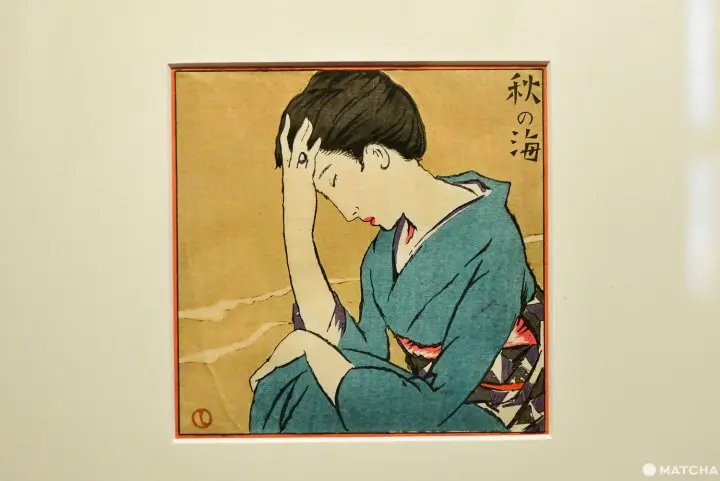
Yumeji Takehisa (1884-1934) was born in Okayama. At the age of 18, he set off for Tokyo and demonstrated a talent in several fields including poetry, painting, and design. He later became one of the most popular artists of his time.
His most famous artwork series is known as the “Yumeji-style Beauties.” These illustrations of beautiful women expressing distinct emotions became immensely popular. The collection is considered to be the root of Japan's kawaii ("cute") culture and continues to influence many of today’s artists and designers.
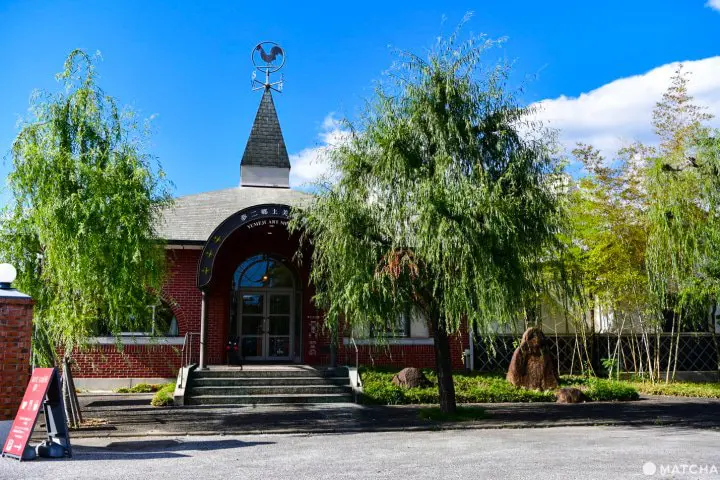
Due to his immense popularity as an artist, there are several locations where you can view Yumeji Takehisa’s work. In Japan, these include the Takehisa Yumeji Museum in Tokyo and Takehisa Yumeji Ikaho Memorial (Japanese) in Gunma.
The Yumeji Art Museum in Okayama was the first to open in his name with an extensive collection of artworks. In this article, we'll take a closer look at the charms of Yumeji Takehisa, an artist who continues to shine brilliantly today, while interviewing an expert at the museum.
Yumeji Art Museum in His Hometown of Okayama
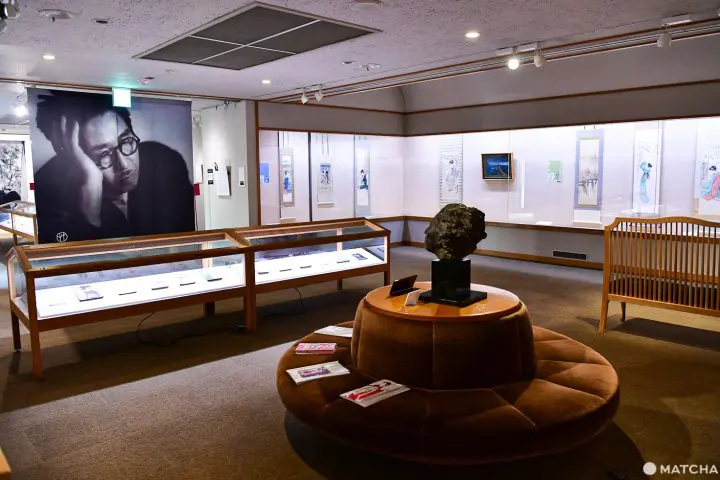
The main building of the Yumeji Art Museum is easily accessible on a 25-minute walk from JR Okayama Station. The museum was founded in 1966 (*1) based on the idea of “Yumeji returning to his hometown.”
Special exhibitions are held four times a year, with typically over one hundred artworks on display.
*1: The museum was relocated to its current location in 1984.
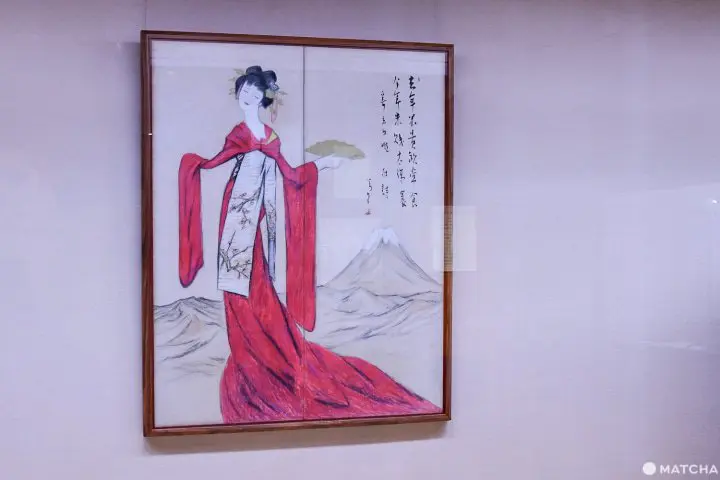
The exhibited artworks span across diverse genres. They include Japanese paintings, original oil paintings, magazine covers, and picture postcards designed by Yumeji Takehisa.
The museum is even listed in the Michelin Green Guide Japan and awarded one star. Before the COVID-19 pandemic, numerous guests from Europe, America, and Taiwan visited the museum.
We Asked an Expert! The Charms of Yumeji Takehisa’s Work
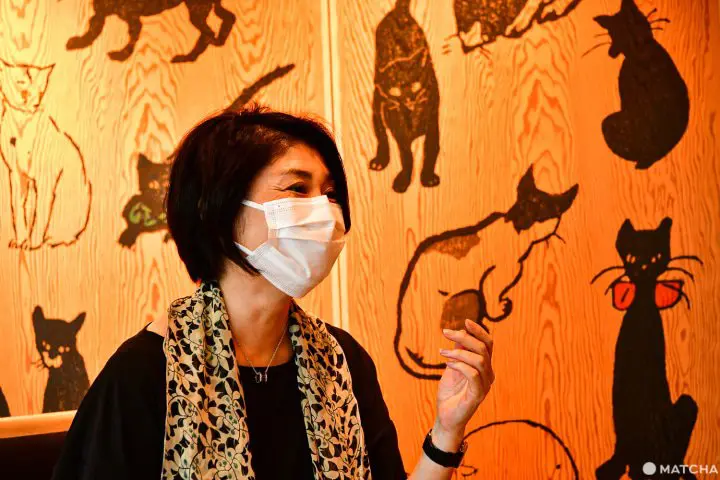
We asked Ms. Hiromi Kojima, the chief curator at the Yumeji Art Museum, about the charms of Yumeji Takehisa’s artwork. Hiromi is the grandchild of the museum’s first chief curator. She grew up seeing Yumeji’s work and was an immediate fan of the artist.
We’ll introduce three main points from our interview with her.
1. Art That Touches People's Hearts
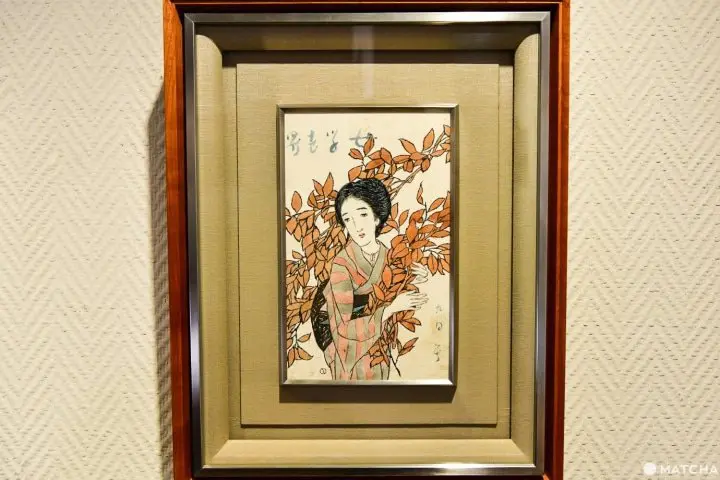
According to Hiromi, “For young women at that time, the ‘Yumeji-style Beauties’ appeared like beautiful yet relatable women.”
The Taisho Period was a time when many people became affluent and mass-audience magazines were accessible. During such a time, the image that Yumeji Takehisa depicted in his works were not celebrities from a far-off world but a relatable role model acting as a reference for fashion and makeup.
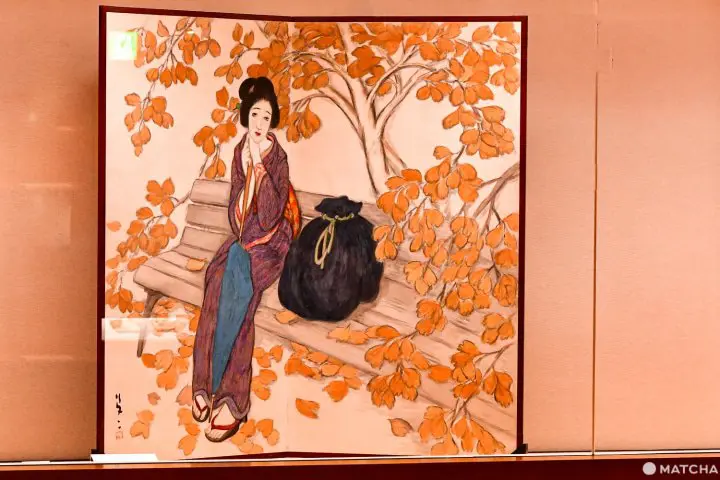
Hiromi added, “Yumeji painted the sorrow and despair of women. Perhaps that evoked sympathy among women of that time.”
The Taisho Period saw the advancement of the women’s liberation movement in Japan. Additionally, it marked the appearance of the “modern girl” who wore unconventional fashion. On the other hand, this period saw the rise of social unrest, beginning with the 1923 Great Kanto earthquake.
During this time, Yumeji Takehisa’s art may have provided people with profound healing. He not only strove to depict beauty and strength but silently welcomed the sorrow in his work.
2. Merging Western and Japanese Styles
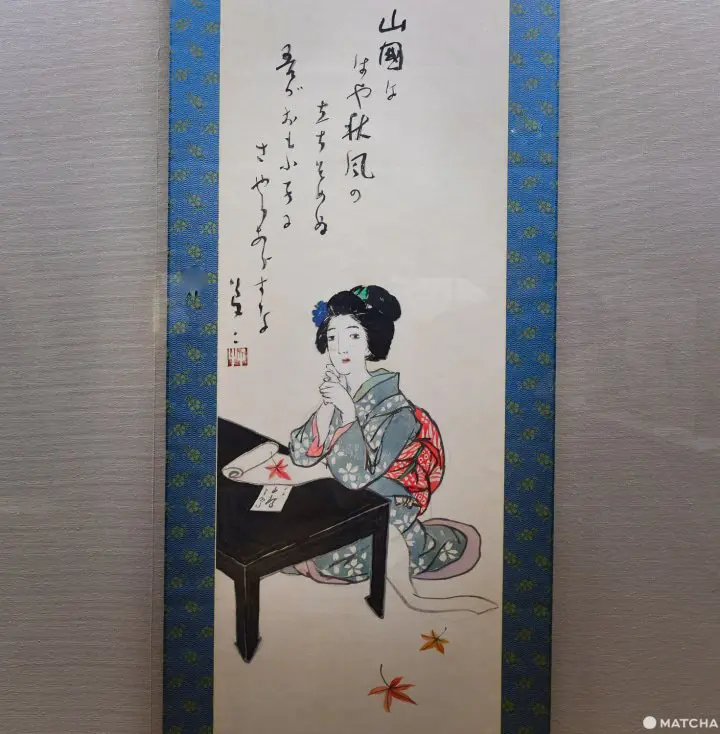
Yumeji Takehisa studied the artistic expressions of Toulouse-Lautrec and Van Gogh, using what he found in his own work. When you compare his illustrations to ukiyo-e paintings from the Edo Period, you’ll find that his work is heavily influenced by Western paintings.
On the other hand, his illustrations have a strong Japanese essence.
We asked Hiromi about this aspect of his style. She answered, “See the use in blank space, for example. Yumeji did not add color to the entire illustration, instead leaving the blank spaces unpainted. This is a typical technique found in Japanese painting, which creates room for the viewer to imagine their own story.”
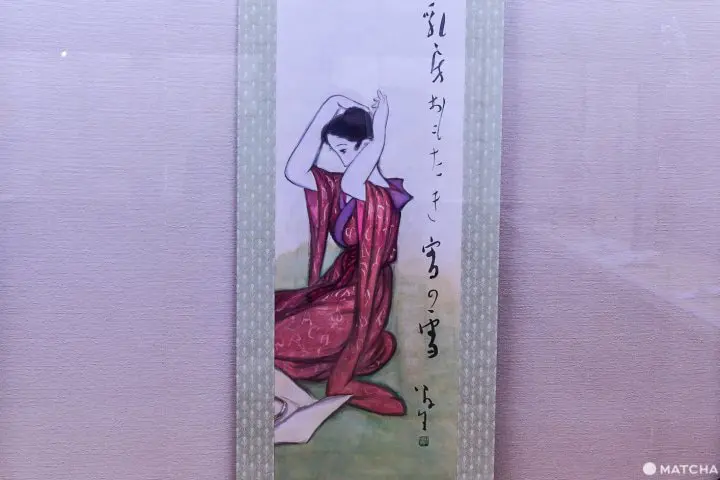
Taisho culture was “semi-Western.” In other words, this era questioned how one should strive for Japanese expression while adopting Western culture. Yumeji Takehisa wonderfully developed his own unique expression as he utilized Japanese tradition.
3. Art Found in Daily Life
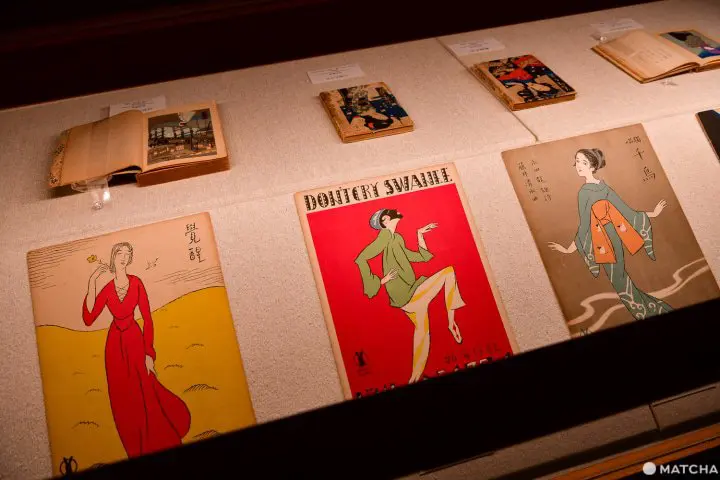
Yumeji Takehisa was involved in a broad range of fields outside of Japanese and oil paintings. These include being a designer for magazines, advertisements, picture postcards, cover illustrations for sheet music and records, stationery, and wrapping paper.
He is widely known as the “Japanese Toulouse-Lautrec.” This is from his approach to create a better product without making distinctions between fine and commercial art.
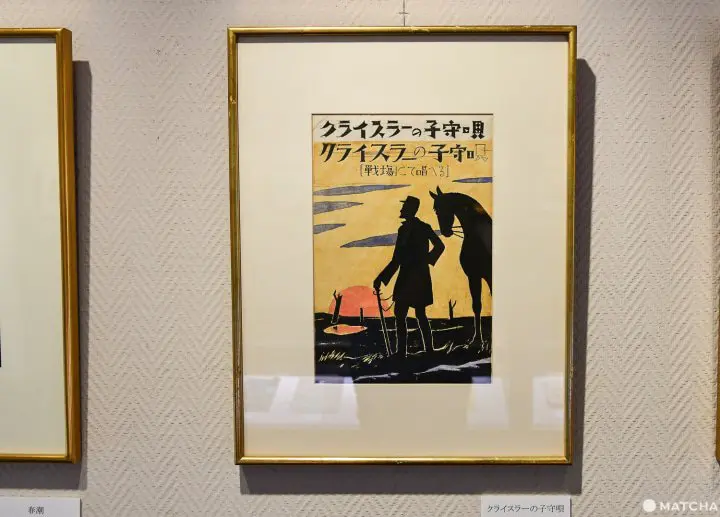
Hiromi noted, “Yumeji aimed to find art in daily life. He held a strong belief that art enriched the daily lives of the masses and participated in various causes.”
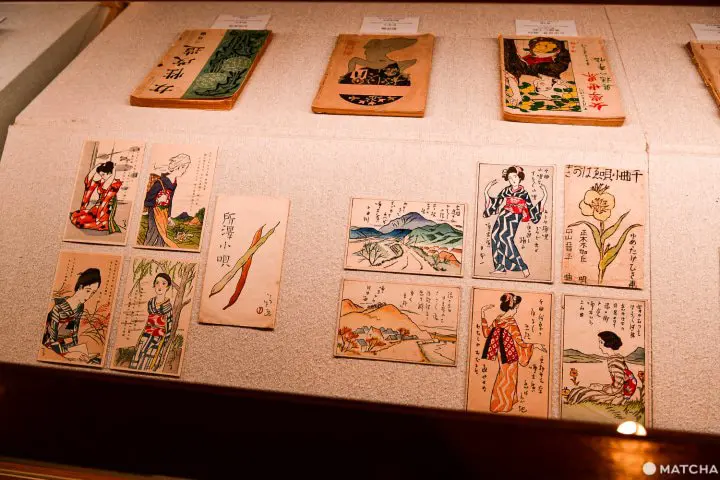
Hearing this, our writer was reminded of two artists: William Morris and Andy Warhol. Morris often sought out the beauty in life, while Warhol created art that transcended genres.
Yumeji Takehisa was also an artist that intently studied the definition of true art.
He did not receive much recognition in art history because of his diverse work. However, studies have made progress in recent years. With the support of his fans, the Takehisa Yumeji Society was established in 2014.
Art Cafe Yumeji in an Exhibition Room
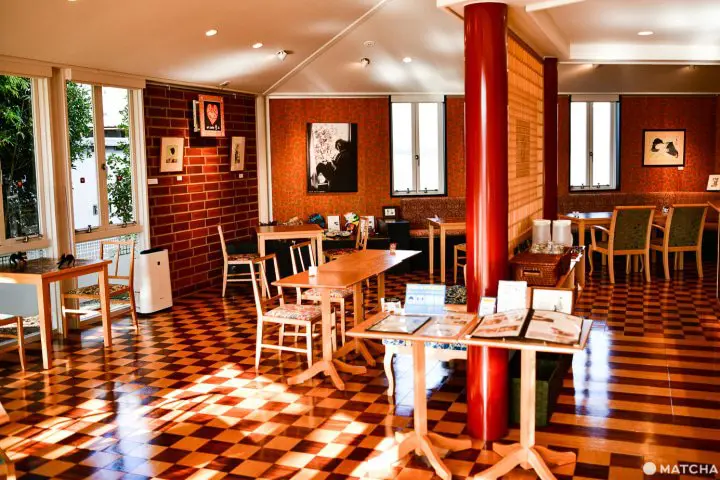
Art Cafe Yumeji is located next to the Yumeji Art Museum. The cafe is known as the art museum’s “sixth exhibition room.”
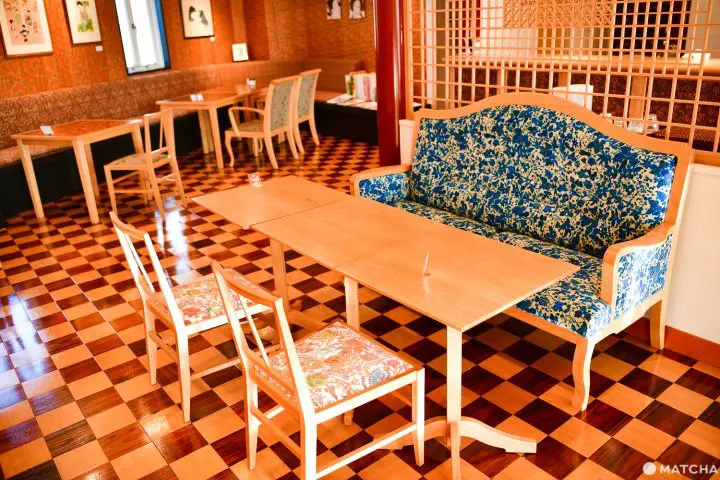
As mentioned above, Yumeji Takehisa treasured art found in daily life. The cafe was renovated under the supervision of Eiji Mitooka, a prominent designer and Okayama native, to embody that ideology.
The sofas and chairs are also product designs by Yumeji Takehisa.
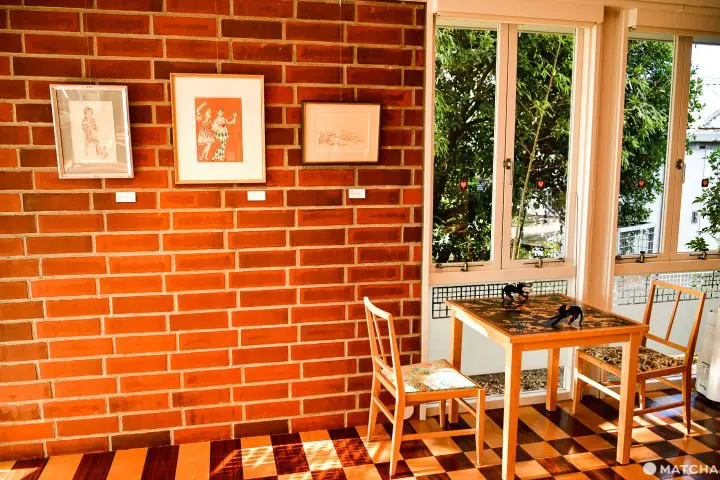
Since the cafe is a popular spot for beautiful photos, it is frequented by many visitors.
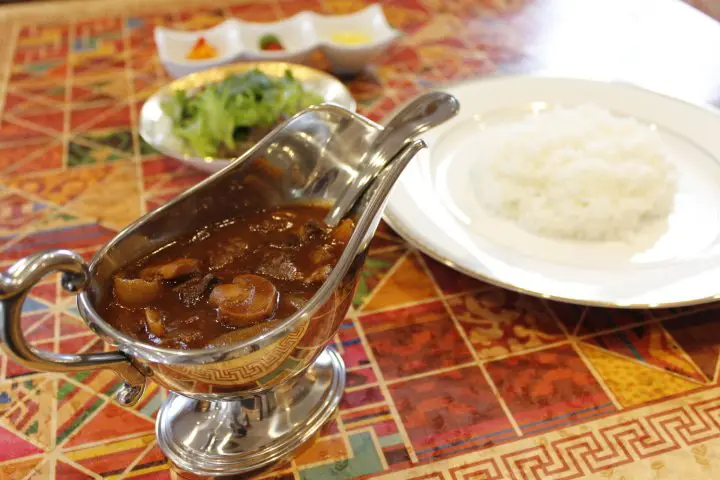
Picture courtesy of Yumeji Art Museum
Naturally, the menu was created from thoughtful planning.
For instance, take the Chef’s Special Chiya Hashed Beef Set (1,540 yen after tax). This dish was inspired by hayashi rice, a popular dish during the Taisho Period. The tableware is also chosen with the time period in mind.
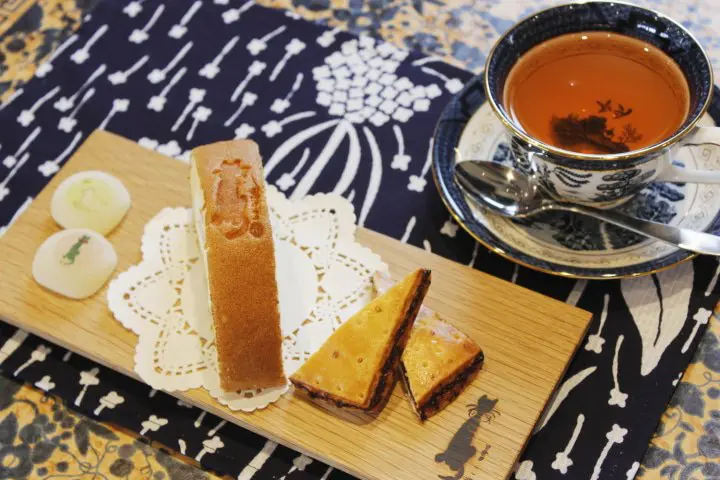
Picture courtesy of Yumeji Art Museum
These garibaldi biscuits from the Yumeji’s Greedy Dessert Set (1,210 yen after tax) are a recreation of a Western confection that Yumeji Takehisa loved to eat.
All Kinds of Souvenirs at the Museum Shop
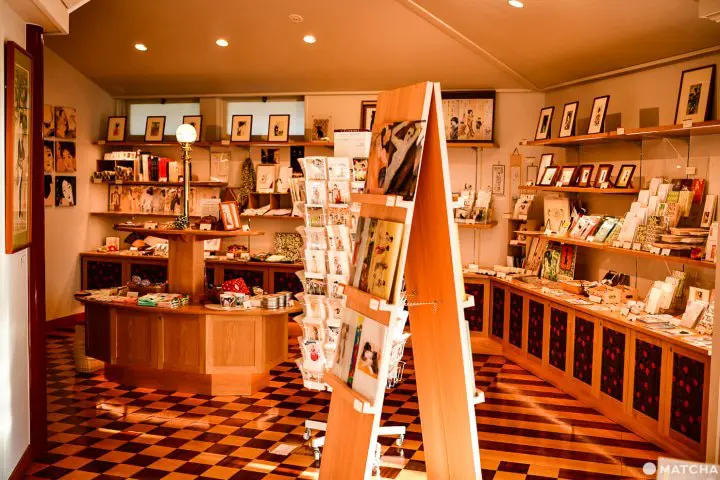
Next to the Art Cafe Yumeji is the museum shop. The shop is full of souvenirs that customers can either wear or decorate their homes with to experience Yumeji’s “art found in daily life” ideology.
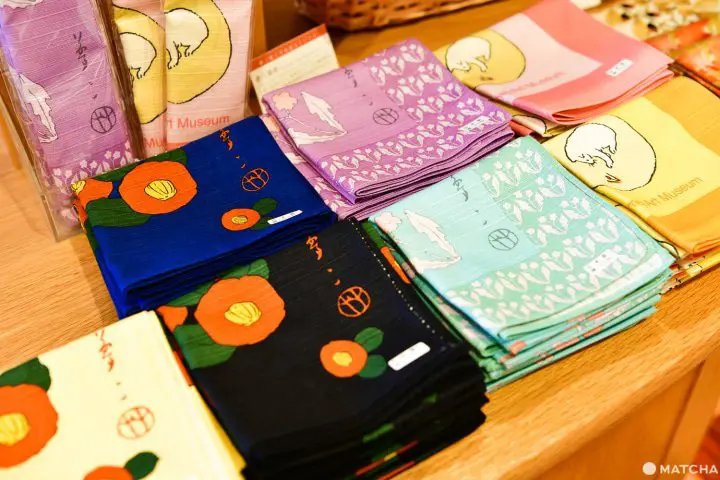
There are countless products designed in Yumeji Takehisa’s style. These include postcards, woodblock print reproductions, washi tape, hand towels, wrapping cloths, and much more.
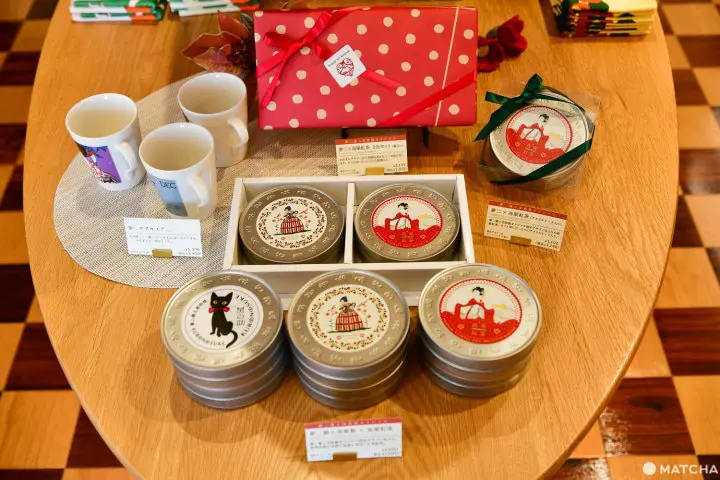
Other products include Takahashi black tea, a well-known Okayama specialty. The shop also carries tote bags made with a traditional fabric from Kurashiki called Kurashiki canvas. This spot is the perfect place to purchase Okayama souvenirs.
Don’t Forget Kuronosuke, the Guard Cat!
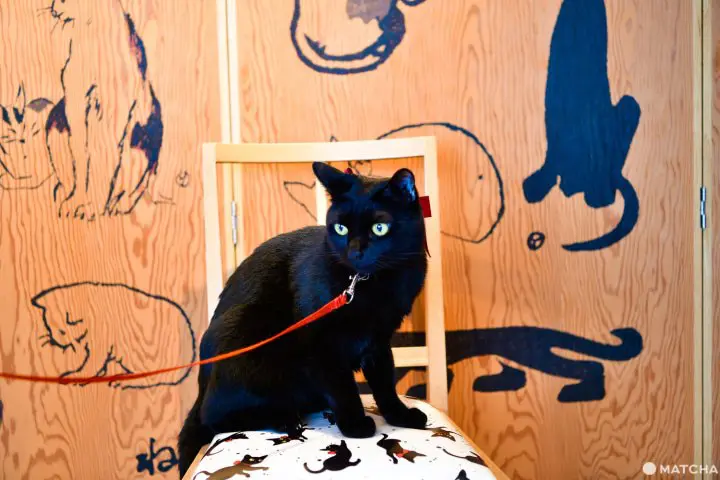
There’s something else you should check out at Yumeji Art Museum. That is Kuronosuke, the black cat appointed as the “guard.”
Yumeji Takehisa loved depicting black cats in his Beauties series and children's book illustrations. In Western culture, black cats are often associated with witches. However, the black cats illustrated by Yumeji Takehisa are more like family members living alongside humans.
Kuronosuke is a black cat that's the spitting image of felines in Yumeji's illustrations. He was rescued in 2016 by a staff member after almost getting struck by a car. That December, he was officially appointed as the museum's guard. Kuronosuke goes to work when he pleases and is treated as a celebrity at the museum.
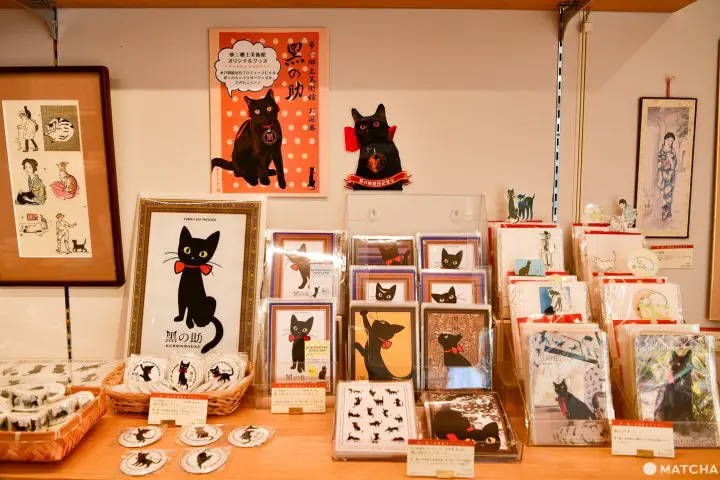
You can find information on Kuronosuke’s work schedule on his official Instagram page. The museum shop has tons of Kuronosuke goods designed by Eiji Mitooka, so be sure to check those out too!
Want to Dive Deeper into Taisho Romanticism?
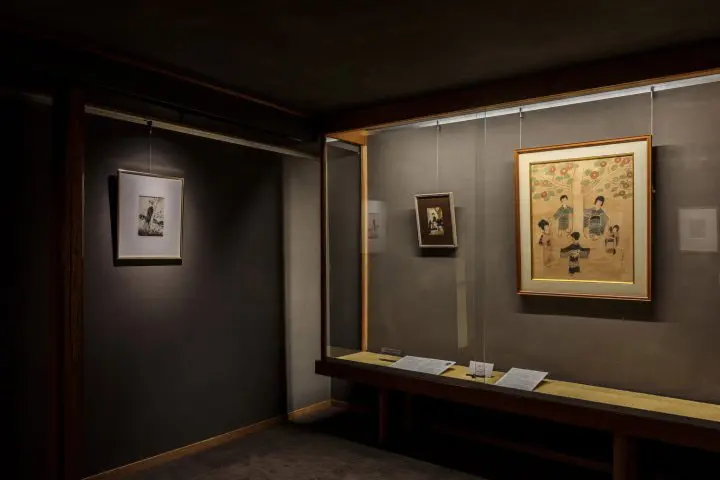
Yumeji Birthplace Memorial Museum. Picture courtesy of Yumeji Art Museum
If you wish to dive even deeper into the world of Yumeji Takehisa, we recommend the Yumeji Takehisa’s Charm-Filled Travel Plan (Japanese). You can tour locations associated with the artist by taxi such as Shonen Sanso, a reconstruction of Yumeji Takehisa’s atelier, and the Yumeji Birthplace Memorial Museum. Open to the public, the museum is a thatched house that was once his childhood home.
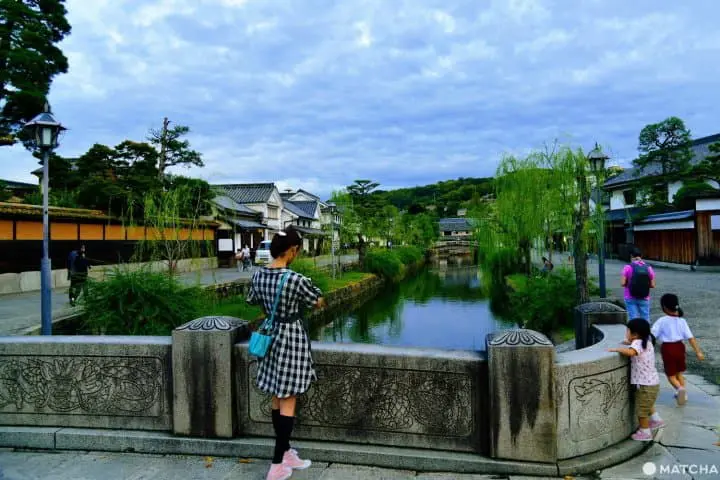
Picture from Stay At NAGI KURASHIKI, An Amazing Hotel With Virtual Concierge And Art
The main building of the Yumeji Art Museum is next to the famous Okayama Castle. It’s also near Korakuen Garden, one of Japan’s top three gardens, making it easy to travel around.
If you want to experience more Taisho ambiance, then head over to the Kurashiki Bikan Historical Quarter. It’s around 20 minutes by train from JR Okayama Station. The historical quarter is home to Western-style homes from the Taisho Period and beautifully white-washed storehouses, making the area a source of inspiration for stunning photos!
Read also
In cooperation with Yumeji Art Museum































![[Kanazawa] Enjoy the world of gold leaf to the fullest in the city with the highest production volume in Japan](https://resources.matcha-jp.com/resize/720x2000/2025/11/12-249564.webp)
![[2026] Family Winter Trip to Suzuka Circuit! – For Both Day trips and Overnight Stays!](https://resources.matcha-jp.com/resize/720x2000/2025/12/26-254097.webp)
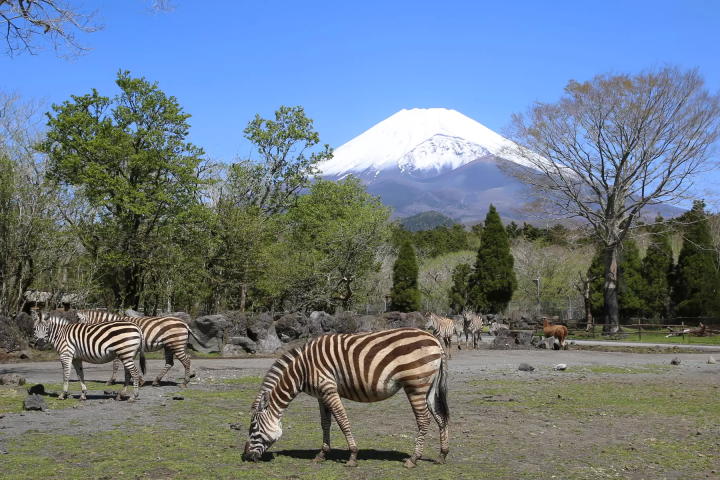
![[2026] Top 5 Strawberry Picking Spots in Tokushima, Naruto| Farms and Access Guide for January to May](https://resources.matcha-jp.com/resize/720x2000/2025/03/06-227165.webp)
![[Yamanashi/ Hokuto City] 4 Hot New Spots Opening in 2026](https://resources.matcha-jp.com/resize/720x2000/2025/12/12-252747.webp)